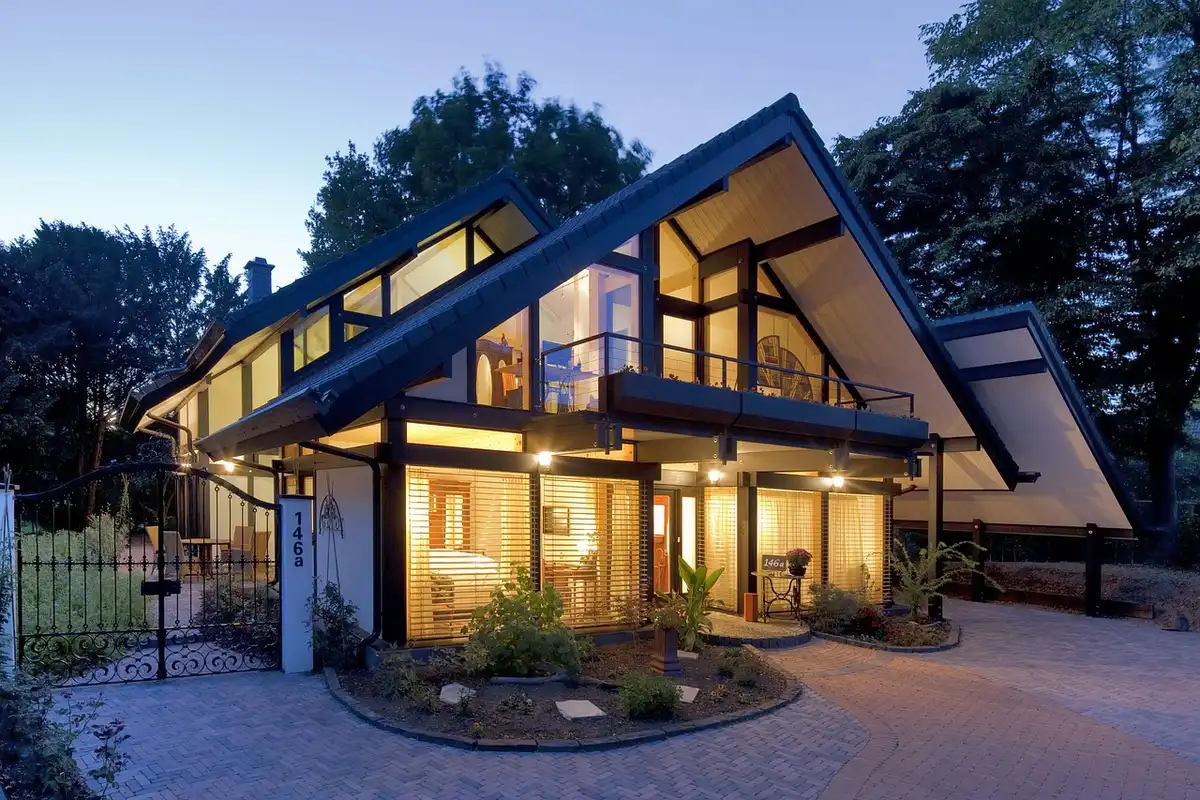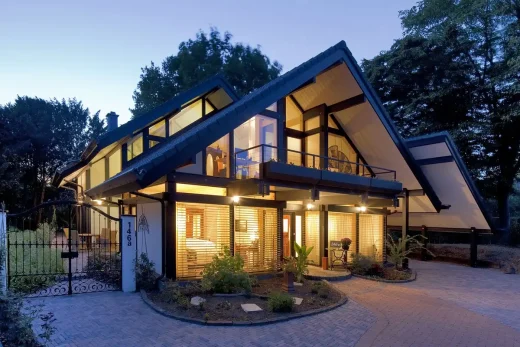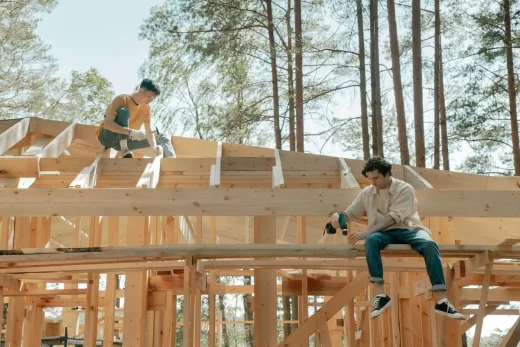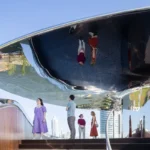The timeless appeal of natural wood in architecture, Home interior design guide, Property window shade style advice
The Timeless Appeal of Natural Wood in Architecture
5 February 2025
Natural wood has been a fundamental building material for centuries, cherished for its beauty, durability, and sustainability. Despite the advancements in modern construction materials, wood remains a preferred choice for architects and designers worldwide. Its organic texture, warmth, and adaptability make it a timeless element in both traditional and contemporary architectural designs. As more people embrace sustainable and biophilic design principles, natural wood continues to offer a unique blend of aesthetics, functionality, and environmental benefits.
Aesthetic and Functional Versatility
One of the most compelling reasons for wood’s enduring appeal in architecture is its aesthetic versatility. It seamlessly integrates with various design styles, from rustic log cabins to sleek, minimalist structures. The natural grain patterns and color variations add depth and character, creating a visually appealing environment.
Different species of wood, such as oak, cedar, and mahogany, offer distinct tones and textures that contribute to a building’s overall charm. For instance, Timbeck cedar has fine grain and uniform texture, making it an excellent choice for contemporary designs that require a sleek and refined look. It also has natural insulating properties, helping regulate indoor temperatures by retaining warmth in colder months and promoting ventilation in warmer seasons. This contributes to energy efficiency and enhances indoor comfort levels, making wood a practical choice for both residential and commercial buildings.
Sustainability and Environmental Benefits
As the demand for sustainable architecture grows, wood has proven to be an eco-friendly alternative to synthetic materials. Responsibly sourced wood from managed forests is a renewable resource that reduces the carbon footprint of construction projects. Unlike steel or concrete, wood requires less energy to process and manufacture, making it a more sustainable option.
Additionally, wood acts as a natural carbon sink, absorbing and storing carbon dioxide throughout its lifespan. This helps mitigate the effects of climate change, making it a valuable material in the fight against global warming. Many architects and builders prioritize using reclaimed or recycled wood, further reducing waste and promoting circular economy practices in construction.
Psychological and Health Benefits
Incorporating wood into architectural design is not only beneficial for the environment but also for human well-being. Studies have shown that exposure to natural materials, including wood, has a positive impact on mental health. Wooden interiors create a calming atmosphere, reducing stress levels and enhancing overall mood. The organic feel of wood fosters a sense of warmth and connection to nature, which is particularly valuable in urban environments where access to green spaces may be limited.
Moreover, wood contributes to better indoor air quality by regulating humidity levels and reducing the presence of harmful chemicals found in synthetic building materials. This makes it a preferred choice for homes, schools, and workplaces where health and comfort are priorities.
Durability and Maintenance
Wood is a remarkably durable material when properly maintained. Certain hardwoods, like teak and walnut, are naturally resistant to moisture, insects, and decay, making them excellent choices for both interior and exterior applications. Regular maintenance, such as sealing and staining, helps prolong the lifespan of wooden structures and protects them from wear and tear.
Modern treatments and technologies have further enhanced the durability of wood, making it more resistant to fire and water damage. Engineered wood products, such as cross-laminated timber (CLT), have revolutionized the construction industry by offering increased strength and stability while maintaining the natural beauty of wood.
Natural wood remains an essential material in architecture due to its aesthetic appeal, functionality, sustainability, and health benefits. As architects and designers continue to explore innovative ways to integrate wood into modern structures, its timeless charm endures. Whether used in traditional homes or cutting-edge contemporary spaces, wood brings warmth, beauty, and a touch of nature to the built environment. Its ability to blend history with innovation ensures that it will continue to be a cornerstone of architectural design for generations to come.
Comments on this The Timeless Appeal of Natural Wood in Architecture article are welcome.
Windows & Blinds
Windows Posts
6 of the Hottest Window Blind Trends
How to choose best casement windows for your house
Where should you check out sash windows
Building Posts
Residential Architecture
Comments / photos for the The Timeless Appeal of Natural Wood in Architecture for your property page welcome







